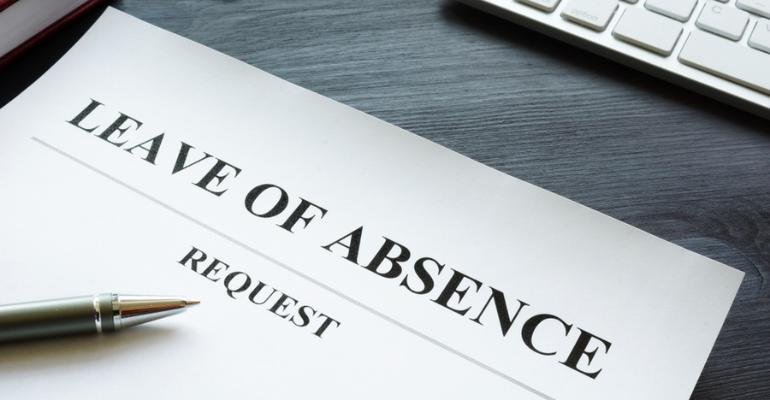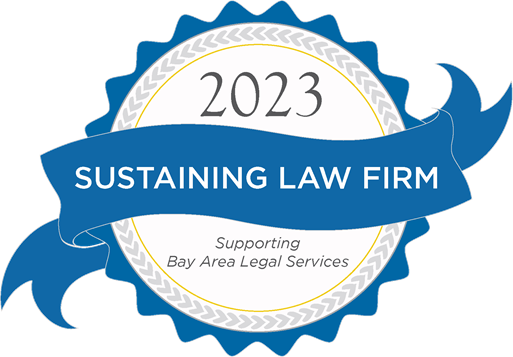
An Employee’s Guide to the FMLA Process
Understanding the complicated FMLA process is a vital part of taking care of you and your family’s needs. It is important to be prepared before taking FMLA. There are certain steps that you must follow to receive approval and safeguard your job. If you need to take time off work due to your own serious health condition, to take care of a sick family member, or bring a new baby into the family, being familiar with the FMLA process and knowing your rights as an employee can make the experience less stressful and much more manageable.
FMLA Basics
The Family and Medical Leave Act (FMLA)
“entitles eligible employees of covered employers to take unpaid, job-protected leave for specified family and medical reasons with continuation of group health insurance coverage under the same terms and conditions as if the employee had not taken leave.”
Not all employees are eligible, but many are. The FMLA applies to businesses (and their satellite locations) that have 50 or more employees within a 75-mile radius of the employee worksite. Also, virtually all public-sector employees are covered under the FMLA including city, county, state, and federal positions.
The FMLA Process
The Department of Labor, the federal government department that enforces the act, has an FMLA process flowchart that describes all the steps. They must be taken in order, and it is essential to know your employer’s specific leave policy as well. There are several steps throughout the leave process where you will need to comply with both the FMLA regulations and your employer’s leave policy.
6 Steps to the FMLA Process
Here are the 6 steps in the FMLA process:
1. Initial Notification
You are required to give your notification when you know you need to take medical leave. For example, if you know you are going to have a baby or have surgery, you should give at least 30 days’ notice to your employer. If there is an accident or you or a loved one falls severely ill abruptly, give your notice as soon as possible. Make sure to follow all call-in procedures or standard notice protocols unless you are unable to do so (like receiving emergency medical care).
You don’t have to provide a diagnosis or necessarily let them know it is for FMLA at this point, but you do need to give enough information so that they know it may be covered under the FMLA. If they don’t get enough information, your leave may not be protected by the act.
2. Employer Notification
Your employer is required to notify you, within five business days, whether you are eligible for FMLA. When they communicate with you regarding eligibility, if you are approved, they must also provide you with your rights and responsibilities under the FMLA. Your employer must also provide you with any request for certification.
3. Certification
This step in the FMLA process is your responsibility. In step three, you must provide a completed certification to your employer within 15 calendar days. You are required to cover the costs to receive the medical certification from a health care provider. It is also your responsibility to make sure the certification gets to your employer too. (Be diligent!)
4. Employer Notification #2
After the certification step is complete, your employer must now notify you whether your leave has been designated as FMLA within five business days. If they say that you are not eligible, your employer has to state at least one reason why it has denied the leave
5. FMLA-Protected
If your leave is designated as FMLA protected, you do have some responsibilities while out on FMLA leave. Stay in communication with your employer and if anything changes (like being able to come back earlier) let them know as soon as possible. Follow all employer protocols for any check-ins.
6.Returning to Work
When your leave is officially over and you come back to work, your employer is required by law to return you to your same or nearly identical job with the same responsibilities, wage, and benefits.
Want to ensure your rights are protected under the FMLA?
Download our free FMLA process flowchart.
Protecting You and Your Family
The FMLA was set up to protect you and your family. If your employer has violated the FMLA by giving you a lower paying job after you return, demoting you, or even firing you, contact an employment law attorney to fight for your rights.
Wenzel Fenton Cabassa, P.A., are experienced in protecting employees from workplace discrimination, wrongful termination, retaliation, employment discrimination and more. We offer a free, confidential consultation and have helped thousands of people just like you. Contact us today.
Other FMLA resources
- Do You Get Paid When On FMLA Leave?
- 10 Signs You’re Facing Retaliation for Taking FMLA Leave
- 5 Examples of FMLA Retaliation in the Workplace
- What’s the Difference between Short-Term Disability and FMLA?
- 5 Common FMLA Violations & Mistakes Employers Make
- Top 8 FMLA FAQ’s (and Answers) You Should Know
- What is FMLA Fitness-for-Duty Certification?
- What’s Not Covered Under FMLA
- How to Complete an FMLA Form for a Family Member
Please Note: At the time this article was written, the information contained within it was current based on the prevailing law at the time. Laws and precedents are subject to change, so this information may not be up to date. Always speak with a law firm regarding any legal situation to get the most current information available.









